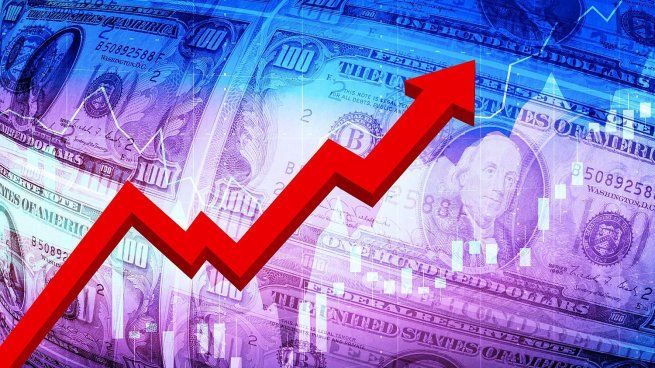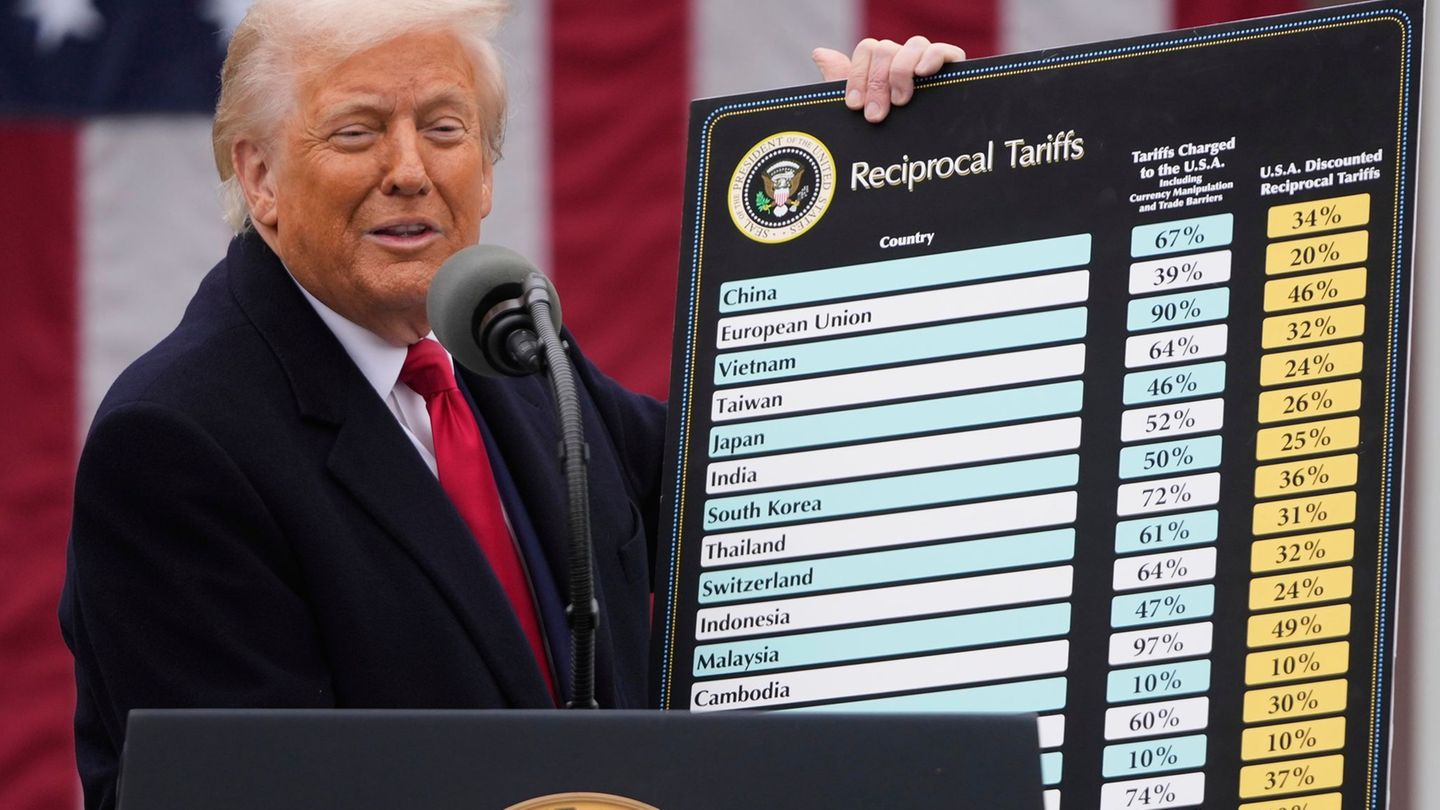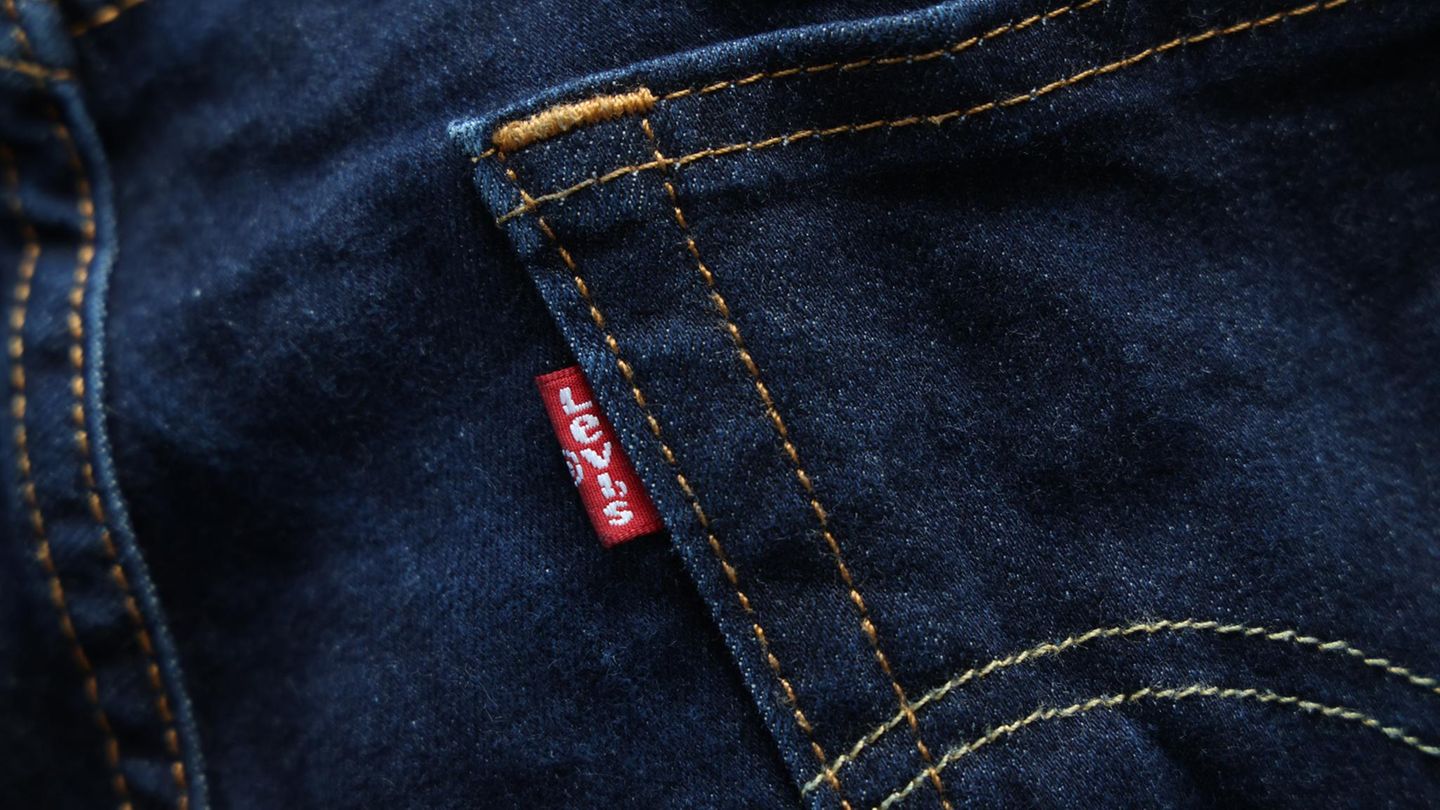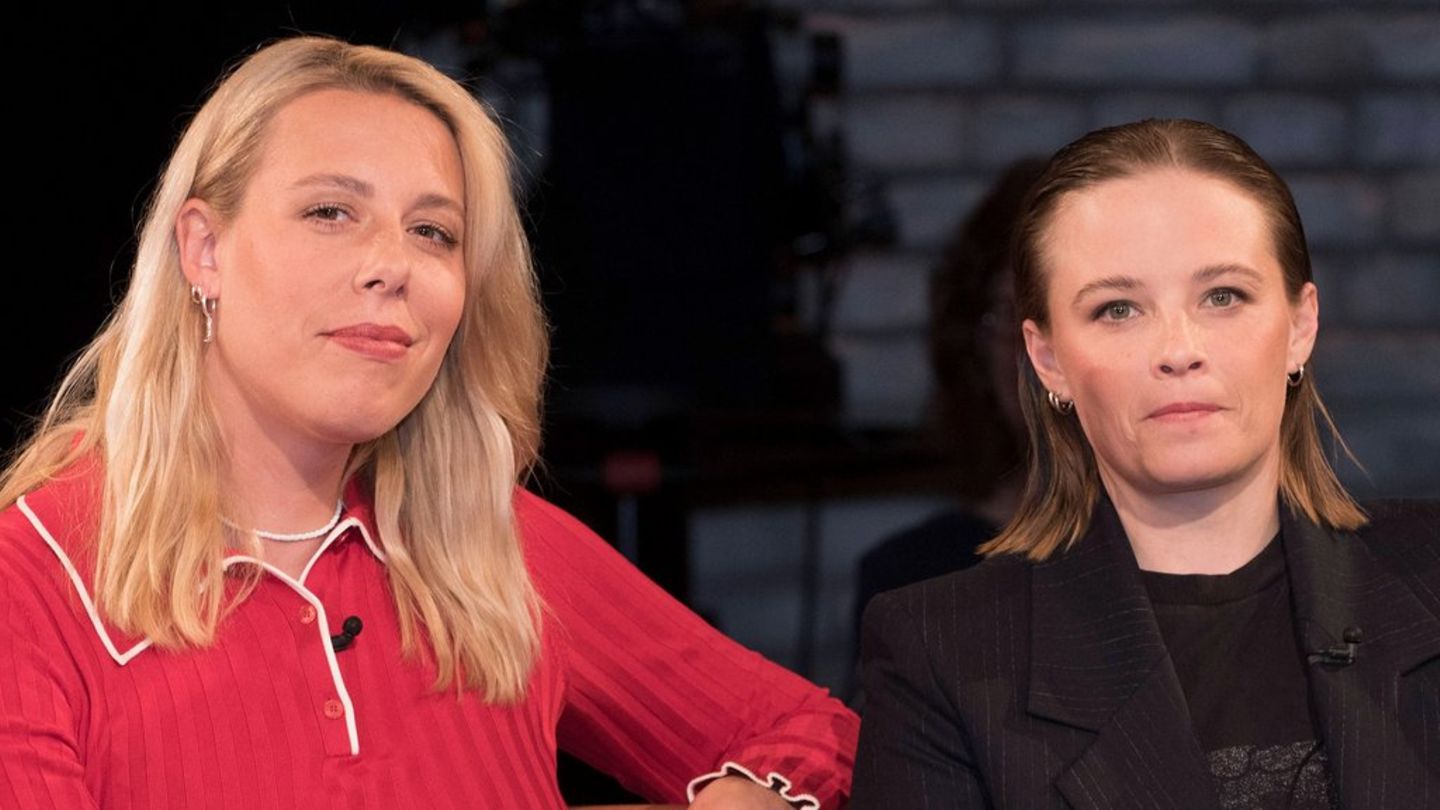The informal dollar exchange market is suffering upward pressure. Conjunctural and seasonal reasons are the key to this trend. The bonus payment and the actions of the BCRA support the increase.
The blue dollar does not stop rising and went from trading at $1,050 on December 6 to $1,135 this Tuesday. In just six business days it climbed $85 and, when it comes to finding the reasons for this escalation, the market marks the seasonal ones, but also some more temporary ones, such as the recent decisions of the Central Bank (BCRA).
The content you want to access is exclusive to subscribers.
And it is that the directory of the Central Bank of the Argentine Republic (BCRA) reduced the monetary policy rate from 35% to 32% annual nominal (TNA). So, The monthly effective yield (TEM) was set at 2.67%, somewhat below October inflation, which was 2.7%, and November inflation.which stood at 2.4%.


The effect of the rate on the blue dollar
That happened on December 5 and The effect on the blue was not long in coming: the next day the rise in the blue began that lasts to this day. And this was no coincidence, given that President Javier Milei had said publicly a few days before that he was concerned that an excessive drop in parallels would harm companies and generate a negative effect on the economy.
Likewise, it was a cut that the market expected and the market was expecting that the BCRA would make a move of this type in the medium term. “As inflation goes down, cut the rate. Positive real interests will cease to be a priority and a convergence of the devaluation index, the performance of instruments in pesos and the price evolution of the economy will be sought,” he pointed out. Scope the analyst of Emerald Capital Elena Alonso. One of the objectives of this measure is to reactivate consumption and activity because, having sterilized so many pesos, it is necessary to provide more liquidity and encourage credit.
Nevertheless, They also aimed to generate an impact on exchange rates. And the US currency is cheap these days in Argentina. The drop in rates puts upward pressure on them, but they have room to rise without that being a problem. On the other hand, this is combined with a greater flow of pesos towards the informal market after the payment of the bonus.
There are few pesos available to buy dollars in savers’ pockets. That, added to the bearish perspective of the exchange rate since the rate was still slightly positive with respect to inflation, made that market bearish.
The bonus payment, a seasonal element
But The cut in the interest rate and the payment of bonuses and bonuses at the end of the year, added to the holiday season, makes the informal market for the US currency have more demand. Thus, a seasonal theme is combined with a conjunctural one.
And we must not forget the end of the first stage of laundering, which was what allowed dollars to be externalized in cash. This also helped maintain the fixed exchange rate due to the contribution of flows, but also because it allowed the BCRA to buy dollars for reserves. For a while, the momentum is maintained, but once the initial phase is over, we have to see how that trend will continue and what impact it will have on the dollar.
Source: Ambito
I am an author and journalist who has worked in the entertainment industry for over a decade. I currently work as a news editor at a major news website, and my focus is on covering the latest trends in entertainment. I also write occasional pieces for other outlets, and have authored two books about the entertainment industry.




